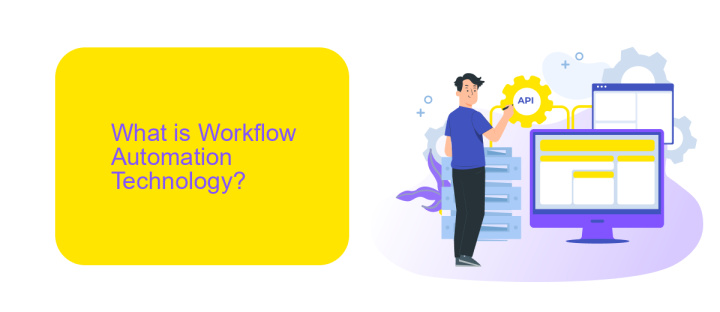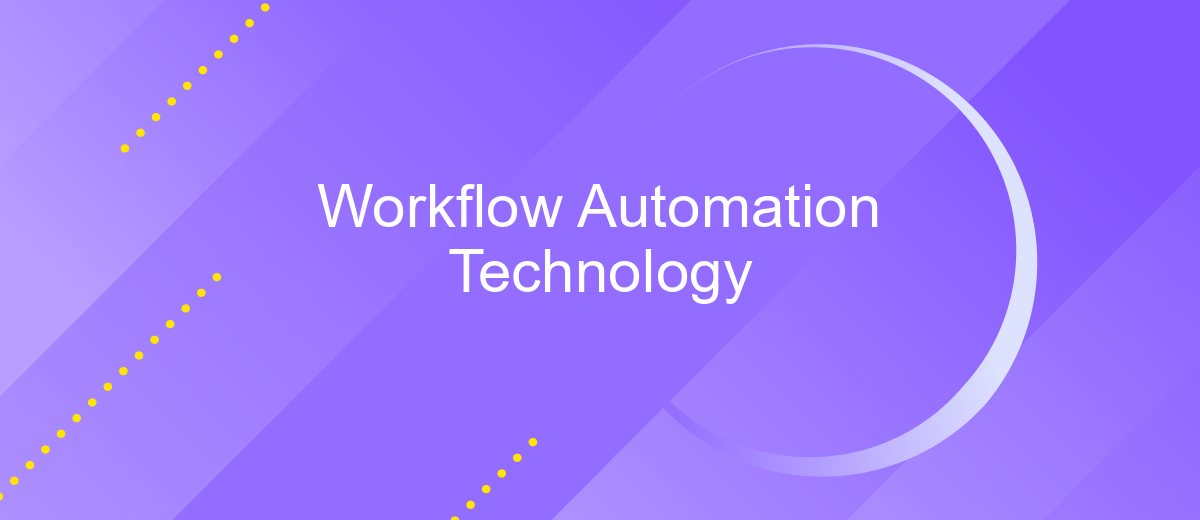Workflow Automation Technology
Workflow automation technology is revolutionizing the way businesses operate by streamlining repetitive tasks and processes. By leveraging advanced software and algorithms, companies can enhance productivity, reduce human error, and free up valuable time for more strategic activities. This article explores the key benefits, applications, and future trends of workflow automation, providing insights into how organizations can harness its potential for optimal efficiency.
Introduction
Workflow automation technology has revolutionized the way businesses operate by streamlining repetitive tasks and enhancing productivity. This technology enables organizations to automate various processes, reducing the need for manual intervention and minimizing errors.
- Improved efficiency and productivity
- Reduced operational costs
- Enhanced accuracy and consistency
- Better compliance and reporting
One of the key aspects of workflow automation is the integration of various software and services. Tools like ApiX-Drive facilitate seamless integration between different applications, enabling businesses to automate data transfer and communication effortlessly. By leveraging such services, companies can ensure their workflows are optimized and free from bottlenecks, leading to smoother operations and better overall performance.
What is Workflow Automation Technology?

Workflow Automation Technology refers to the use of software and systems to automate complex business processes, reducing the need for manual intervention. This technology streamlines tasks such as data entry, approvals, and communications, ensuring that operations run smoothly and efficiently. By implementing workflow automation, organizations can improve productivity, reduce errors, and save valuable time, allowing employees to focus on more strategic activities.
One of the critical aspects of workflow automation is the ability to integrate various applications and services seamlessly. Tools like ApiX-Drive enable businesses to set up these integrations effortlessly, connecting different software platforms to work together harmoniously. With ApiX-Drive, users can automate data transfer between systems, trigger actions in one application based on events in another, and create a cohesive workflow that spans multiple tools. This not only enhances operational efficiency but also ensures that all parts of the business are synchronized and up-to-date.
Benefits of Workflow Automation

Workflow automation technology offers numerous advantages for businesses, enhancing efficiency and productivity. By automating repetitive tasks, employees can focus on more strategic activities, leading to improved job satisfaction and innovation.
- Increased Efficiency: Automation reduces manual errors and speeds up processes, allowing tasks to be completed faster and more accurately.
- Cost Savings: By automating workflows, businesses can reduce labor costs and minimize the need for extensive manual oversight.
- Improved Consistency: Automated workflows ensure that tasks are performed uniformly, maintaining high-quality standards across the board.
- Enhanced Collaboration: Tools like ApiX-Drive facilitate seamless integration between various applications, enabling smoother data flow and better team collaboration.
- Scalability: Automation systems can easily scale with business growth, handling increased workloads without additional strain on resources.
In conclusion, adopting workflow automation technology not only streamlines operations but also fosters a more dynamic and responsive work environment. By leveraging services like ApiX-Drive, businesses can effortlessly integrate various tools and systems, further optimizing their processes and driving success.
Types of Workflow Automation

Workflow automation technology encompasses various types tailored to different business needs. One common type is task automation, which focuses on automating repetitive tasks, freeing up employees to concentrate on more strategic activities. This type of automation is often used in data entry, email marketing, and customer support.
Another type is process automation, which streamlines entire business processes by integrating multiple tasks into a cohesive workflow. This can significantly reduce the time and effort required to complete complex processes, such as order fulfillment or employee onboarding.
- Task Automation: Automates repetitive tasks like data entry and email marketing.
- Process Automation: Streamlines entire business processes for efficiency.
- Integration Automation: Uses tools like ApiX-Drive to connect various software applications, ensuring seamless data flow and reducing manual intervention.
Integration automation is particularly valuable for businesses that rely on multiple software applications. Tools like ApiX-Drive facilitate the connection between different systems, ensuring data is automatically synchronized and workflows are uninterrupted. By leveraging these types of workflow automation, businesses can achieve higher efficiency and productivity.
Implementation of Workflow Automation
Implementing workflow automation begins with a thorough analysis of existing processes to identify repetitive tasks that can be automated. This involves mapping out each workflow step and determining the most efficient way to automate it. Once the workflow is mapped, selecting the right tools is crucial. Platforms like ApiX-Drive can facilitate seamless integration between various software applications, ensuring that data flows smoothly and tasks are executed without manual intervention. ApiX-Drive's user-friendly interface allows businesses to set up integrations quickly, minimizing downtime and maximizing productivity.
After setting up the necessary integrations, the next step is to configure the automation rules. This includes defining triggers, actions, and conditions that will govern the automated processes. Testing is an essential part of implementation to ensure that the automation works as intended and does not disrupt existing workflows. Continuous monitoring and optimization are also necessary to adapt to changing business needs and to ensure that the automation remains efficient. By leveraging tools like ApiX-Drive, businesses can achieve a higher level of efficiency and accuracy in their operations.
- Automate the work of an online store or landing
- Empower through integration
- Don't spend money on programmers and integrators
- Save time by automating routine tasks
FAQ
What is workflow automation technology?
How can workflow automation benefit my business?
What types of tasks can be automated?
How do I start implementing workflow automation in my organization?
Are there tools that can help with workflow automation and integration?
Apix-Drive will help optimize business processes, save you from a lot of routine tasks and unnecessary costs for automation, attracting additional specialists. Try setting up a free test connection with ApiX-Drive and see for yourself. Now you have to think about where to invest the freed time and money!


